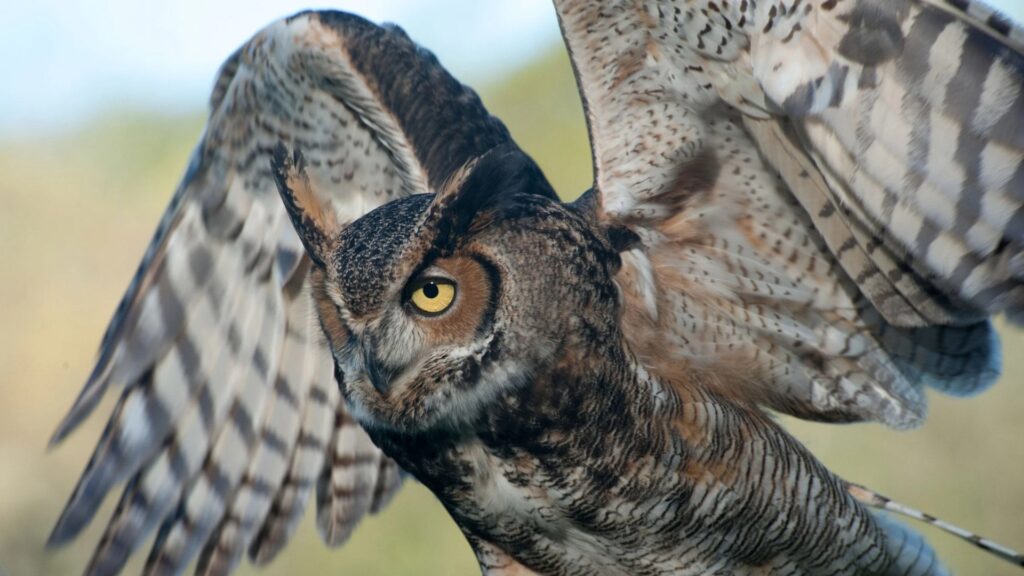
The bald eagle, a national symbol of the United States, is a majestic bird and a skilled predator. With sharp talons and a powerful beak, this raptor is adept at catching fish, small mammals, and birds. Though not threatening humans, its territorial behavior can make it aggressive if provoked. Bald eagles are a testament to nature’s strength and balance.
The Great Horned Owl – Silent Hunter

The great horned owl is a stealthy predator known for its haunting hoots. Thanks to its powerful grip and sharp talons, it can attack prey larger than itself. Commonly found across North America, this nocturnal bird is formidable in the dark. Humans are rarely at risk, but the owl’s defensive swoops can be startling. Their role in controlling rodent populations highlights their ecological importance.
The Red-Tailed Hawk – Precision in Flight
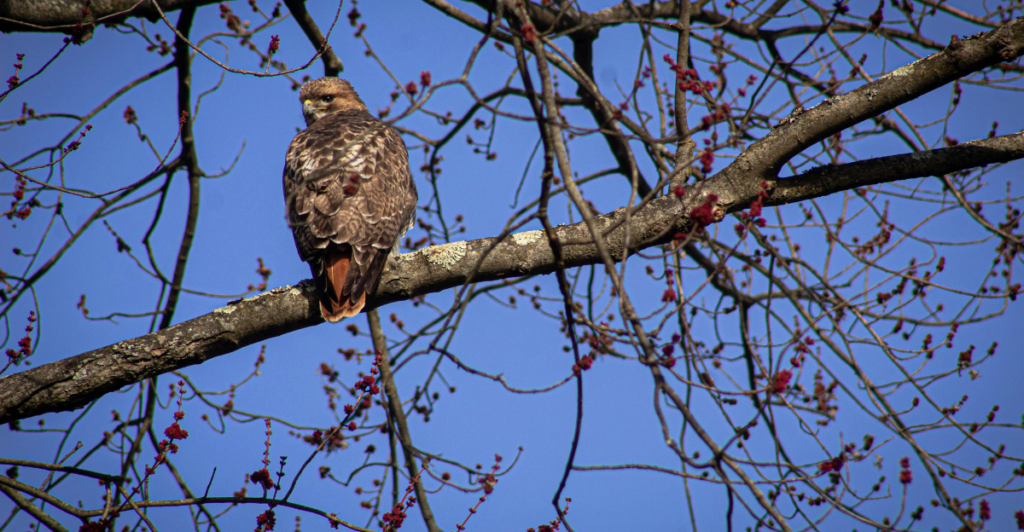
The red-tailed hawk dominates open landscapes with a piercing cry and striking red tail. This bird of prey uses its keen eyesight and swift flight to hunt rodents, snakes, and smaller birds. While attacks on humans are rare, its sharp talons make it a powerful adversary when defending its nest. The red-tailed hawk’s adaptability ensures its prominence in North America.
The Peregrine Falcon – Speed Demon
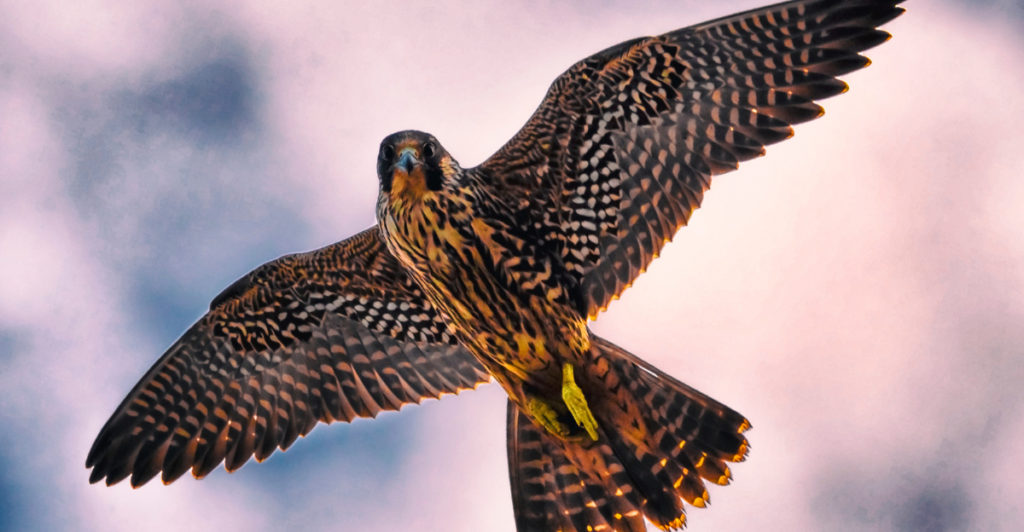
The peregrine falcon is the fastest bird, reaching over 240 mph during a stoop dive. Its agility and speed make it a fearsome predator of other birds. Found in urban and rural areas alike, peregrines are known to protect their nests fiercely. Their resurgence in population after conservation efforts exemplifies nature’s resilience.
The Snowy Owl – Arctic Sentinel
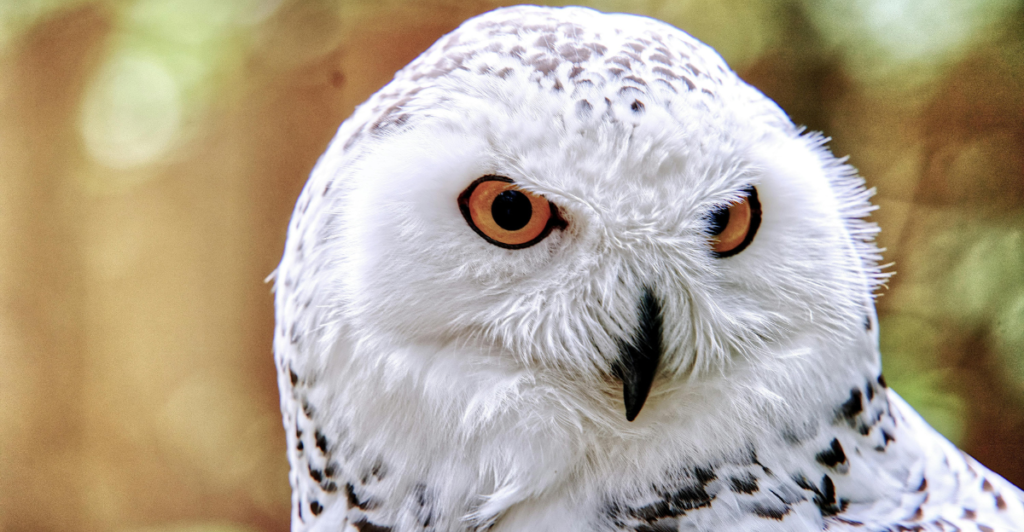
With striking white plumage, the snowy owl thrives in the Arctic and northern regions. Known for its patience and precision, this predator hunts rodents, lemmings, and birds. Though not aggressive toward humans, snowy owls will fiercely defend their territory. Their unique beauty and hunting skills make them icons of the tundra.
The Golden Eagle – Apex of the Skies
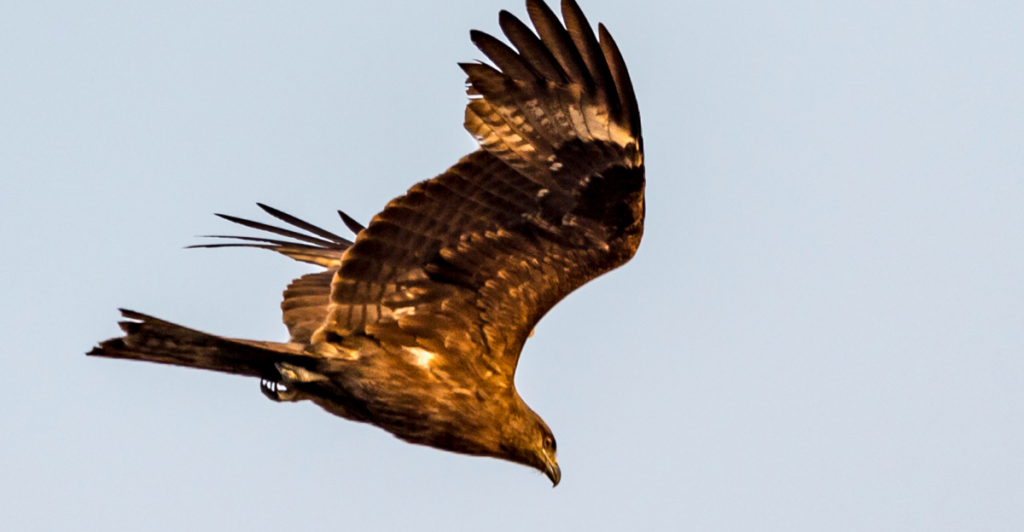
Golden eagles are among the largest birds in North America, with mighty wings and sharp talons. They can hunt large prey like deer fawns and other mammals. While not a threat to humans, they’re highly territorial and will protect their nests aggressively. These eagles symbolize strength and freedom in many cultures.
The Northern Goshawk – Forest Guardian
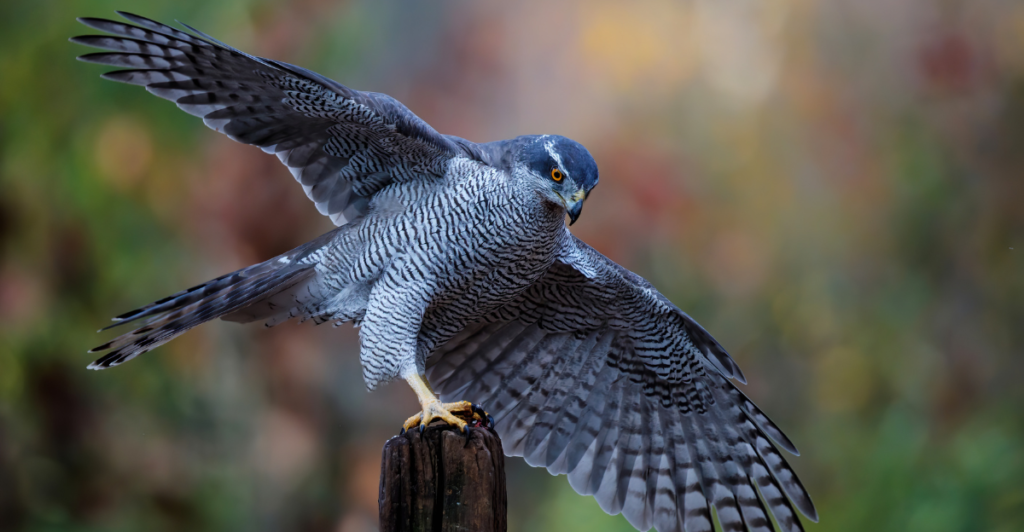
This elusive raptor is known for its swift maneuvers in dense forests. Northern goshawks hunt birds, squirrels, and rabbits, showcasing their agility and strength. They’re particularly protective during nesting season, sometimes swooping at perceived threats. Their role in controlling prey populations underscores their ecological value.
The Osprey – Master Fisher
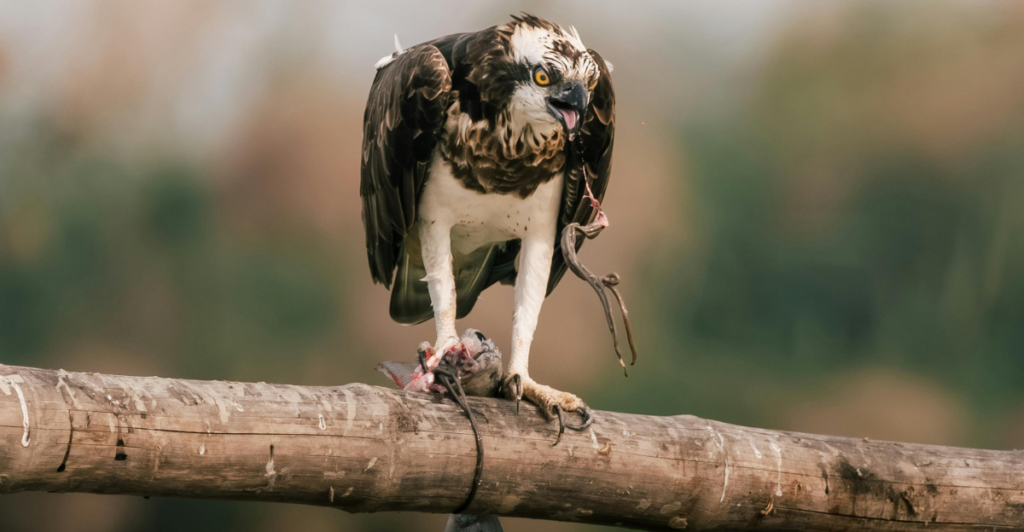
Ospreys, often called sea hawks, specialize in catching fish and diving into water with precision. Their reversible talons and barbed pads ensure a firm grip on slippery prey. Found near water bodies, they’re rarely aggressive but can become territorial. These birds exemplify adaptability, thriving in diverse habitats across North America.
The Barred Owl – Eerie Enigma
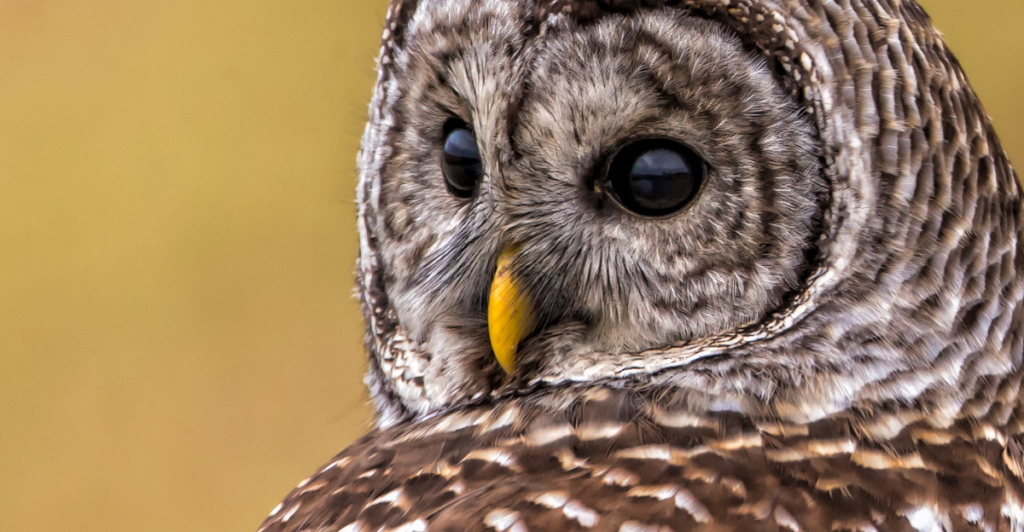
Famous for its call, “Who cooks for you?” the barred owl is a nocturnal predator. With powerful talons and sharp beaks, it preys on rodents, amphibians, and smaller birds. Though shy, barred owls can exhibit defensive behavior near nests. Their mysterious presence adds intrigue to North American woodlands.
The Turkey Vulture – Nature’s Cleanup Crew
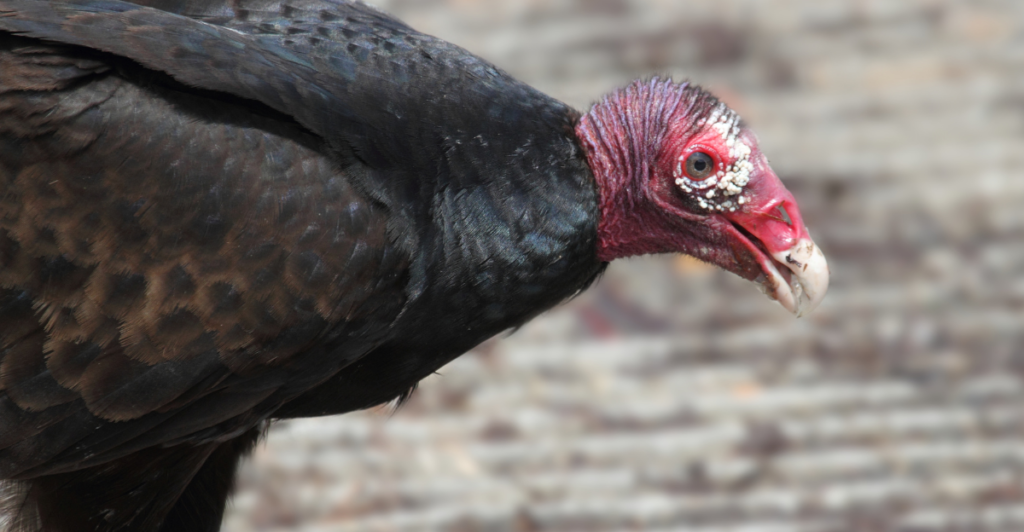
While not a predator, the turkey vulture plays a vital ecological role by scavenging carrion. Its keen sense of smell and large wingspan make it efficiently locate food. Though it rarely poses a threat, its defensive vomiting is a unique and effective deterrent. These birds contribute significantly to the ecosystem by preventing the spread of disease.
The Common Raven – Clever Opportunist
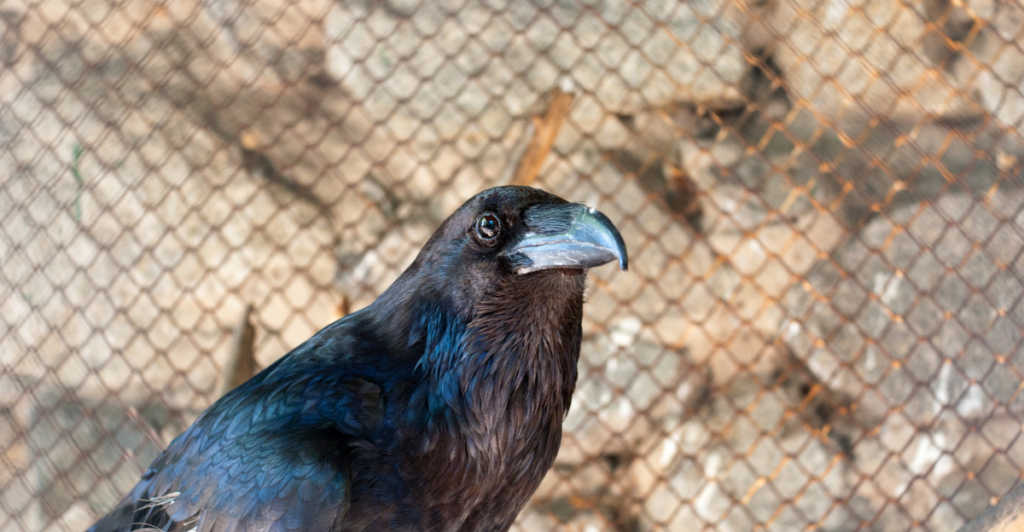
Ravens are known for their intelligence and adaptability. While not primarily hunters, they’ll scavenge or opportunistically prey on smaller animals. Ravens are protective of their nests and may harass larger predators or humans. Their problem-solving skills and playful antics make them fascinating avian residents of North America.
The American Kestrel – Pint-Sized Predator
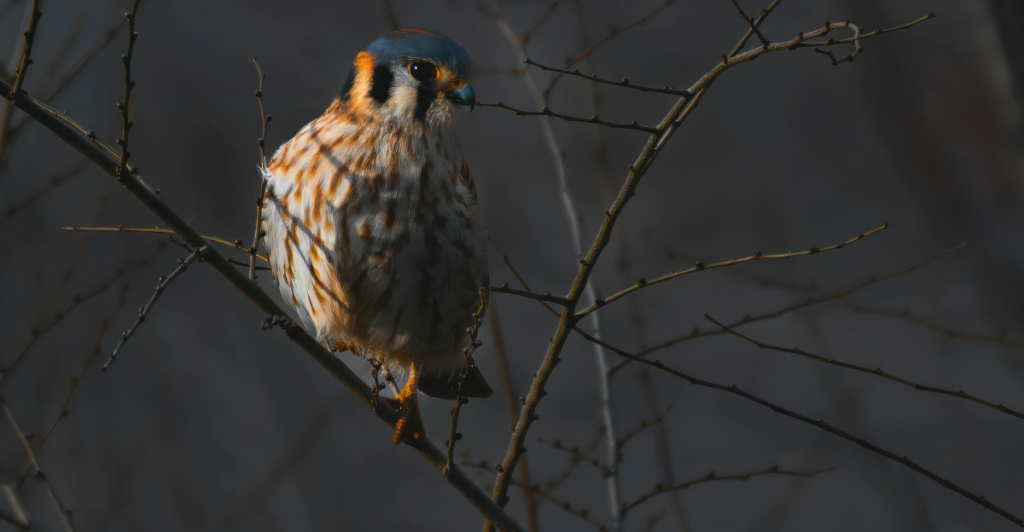
The American kestrel, the smallest falcon in North America, is a swift and agile hunter. It preys on insects, small mammals, and birds. Despite its size, this bird of prey is highly territorial and will defend its area vigorously. Kestrels’ colorful plumage and dynamic flight patterns make them a joy to observe.
The Cooper’s Hawk – Urban Predator
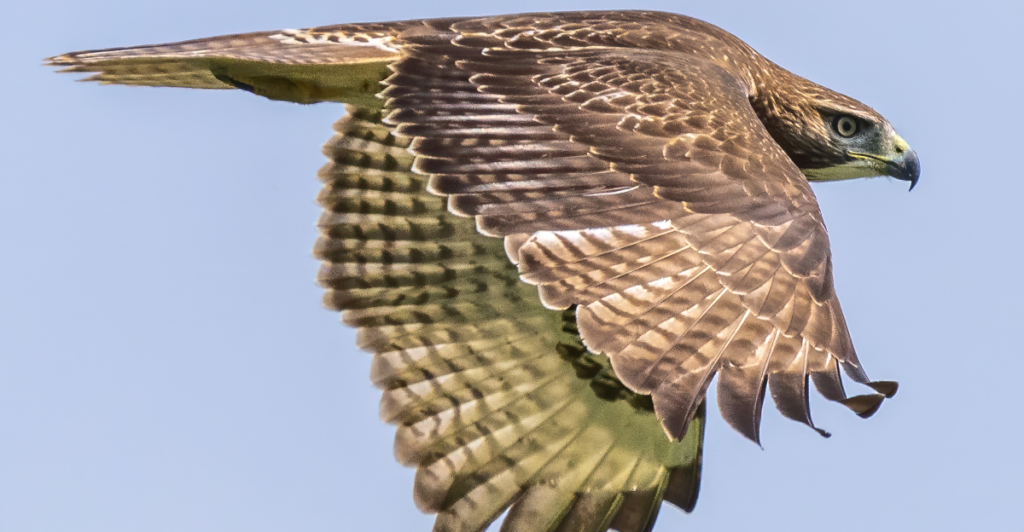
Adapted to both forests and cities, Cooper’s hawks are agile hunters. They primarily prey on birds, showcasing incredible speed and stealth. While shy around humans, these hawks will aggressively protect their nests. Their increasing presence in urban areas highlights their ability to coexist with human development.
Discover more of our trending stories and follow us to keep them appearing in your feed

Meet the Massive Crocodiles That Make Their Homes 40 Feet Underground
Want Hummingbirds Year-Round? Plant These 11 Favorites
11 Coastal Marshes That Nurture Some of America’s Most Iconic Birds
12 of the Most Colorful Birds on Earth – Every Photographer’s Dream
Stay connected with us for more stories like this! Follow us to get the latest updates or hit the Follow button at the top of this article, and let us know what you think by leaving your feedback below. We’d love to hear from you!







